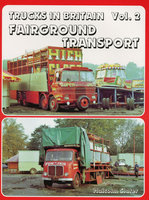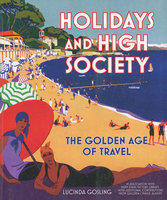New, Quality Gift Books - 50-90% off - over 2500 titles
Your basket is empty.
Categories Last Chance to buy! MIDLANDS & SOUTHERN ENGLAND: Regional Tramways
MIDLANDS & SOUTHERN ENGLAND: Regional Tramways
Book number: 93238
Product format: Hardback
In stock
Bibliophile price
£6.00
Published price
£25
Customers who bought this product also bought
|
TRUCKS IN BRITAIN VOL.2: Fairground Transport
Book number: 93222
Product format: Paperback
Bibliophile price
£3.00
|
JAGUAR E-TYPE: British Motoring Masterpiece
Book number: 93397
Product format: Paperback
Bibliophile price
£5.00
Published price
£16.99
|
INVENTION OF WINGS
Book number: 93102
Product format: Paperback
Bibliophile price
£4.00
Published price
£9.99
|
|
SOUTHERN REGION MEMORIES
Book number: 93256
Product format: Hardback
Bibliophile price
£6.00
Published price
£13.95
|
HOLIDAYS AND HIGH SOCIETY: The Golden Age of Travel
Book number: 93285
Product format: Paperback
Bibliophile price
£5.00
Published price
£14.99
|
BRITISH MUSEUM BUDDHA
Book number: 93376
Product format: Hardback
Bibliophile price
£2.75
Published price
$15.95
|
Browse these categories as well: Last Chance to buy!, Great Britain, Maps & the Environment, Transport








